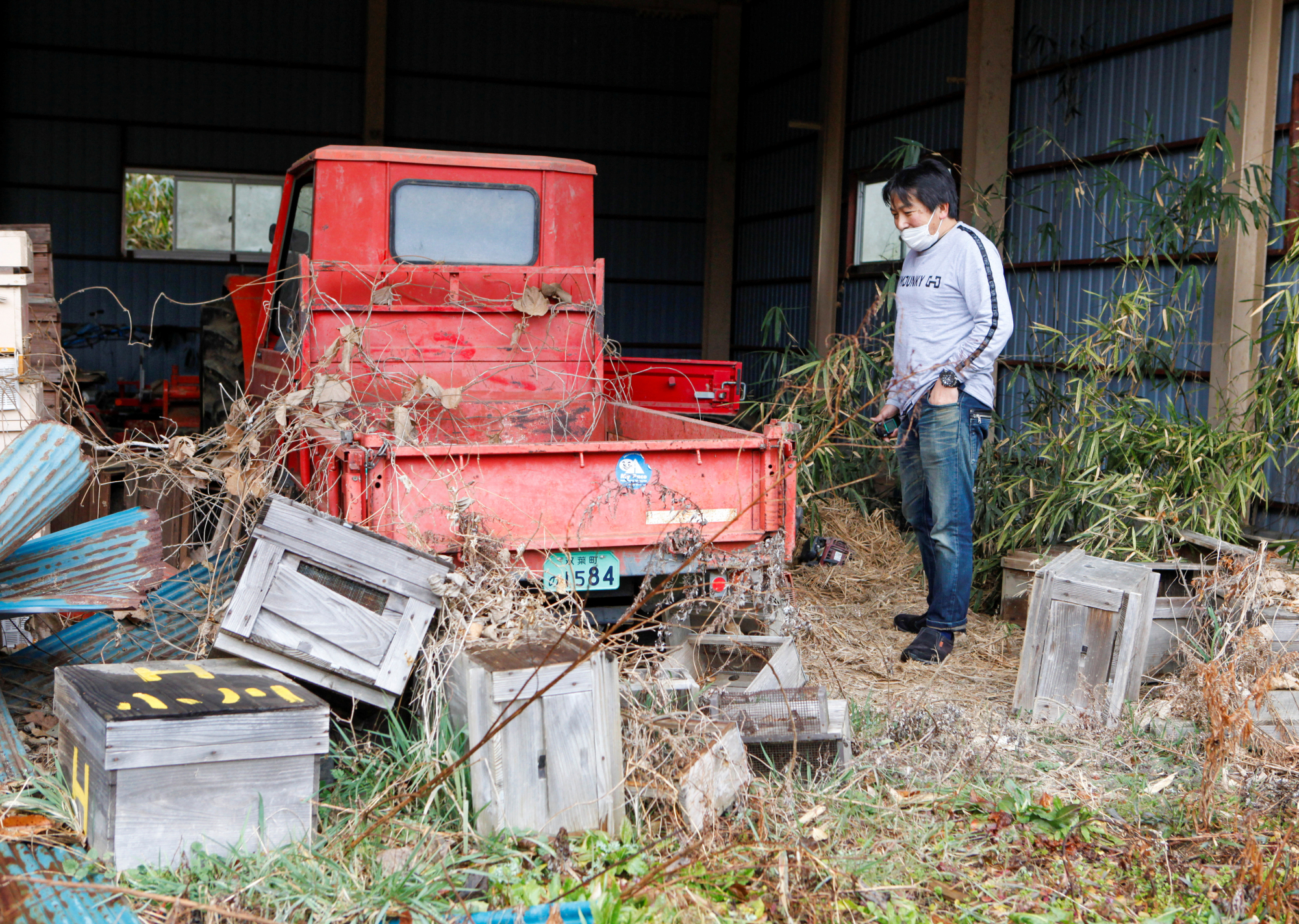Nine years on, the reconstruction from the March 11, 2011 disasters that ravaged the Pacific coast of northeastern Japan remains a mixed picture. Public infrastructure ruined by the Great East Japan Earthquake and tsunami has mostly been restored, but many of the people affected by the disasters are still struggling to rebuild their shattered lives.
Roughly 48,000 people — mostly in Fukushima Prefecture — remain displaced from their homes. Evacuation orders in areas around the crippled Fukushima No. 1 nuclear power plant of Tokyo Electric Power Company Holdings have been gradually lifted, but rebuilding the communities scattered by the nuclear disaster is nowhere in sight as the return of former residents remains slow.
The 10-year "reconstruction period" — for which more than ¥30 trillion in government spending was set aside — will be finished in a year, although the government has decided to extend the mandate of the Reconstruction Agency for another decade. Roads and railway networks destroyed by the tsunami have been rebuilt, and public housing units for people who lost their homes in the disasters are nearly complete. Still, the reconstruction efforts in Fukushima Prefecture — which Prime Minister Shinzo Abe said last week is "making steady progress" — lag the most.



